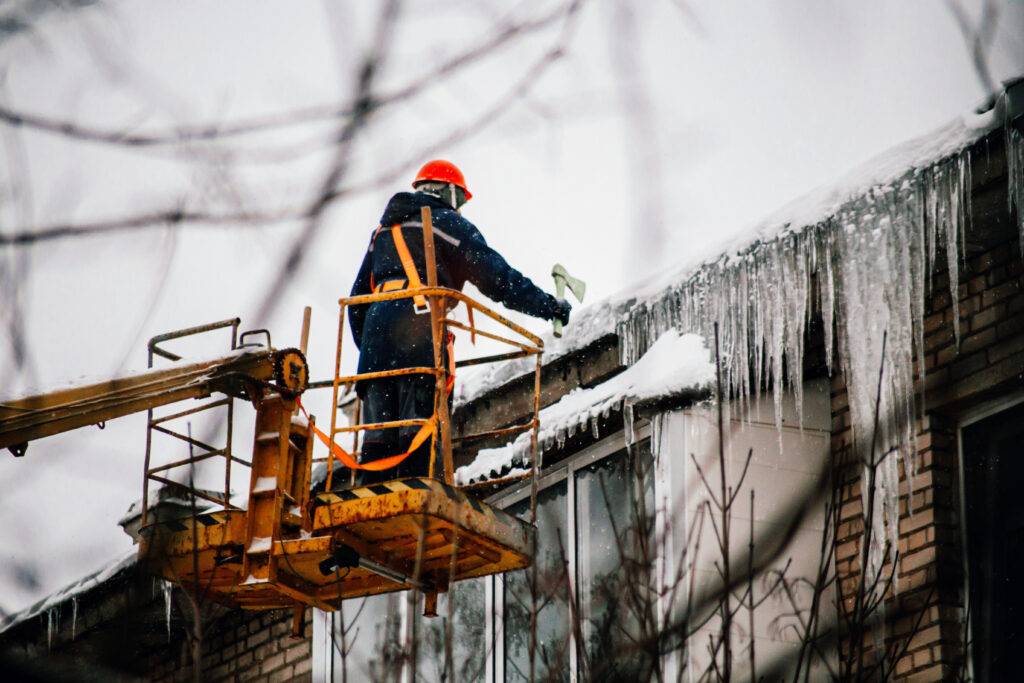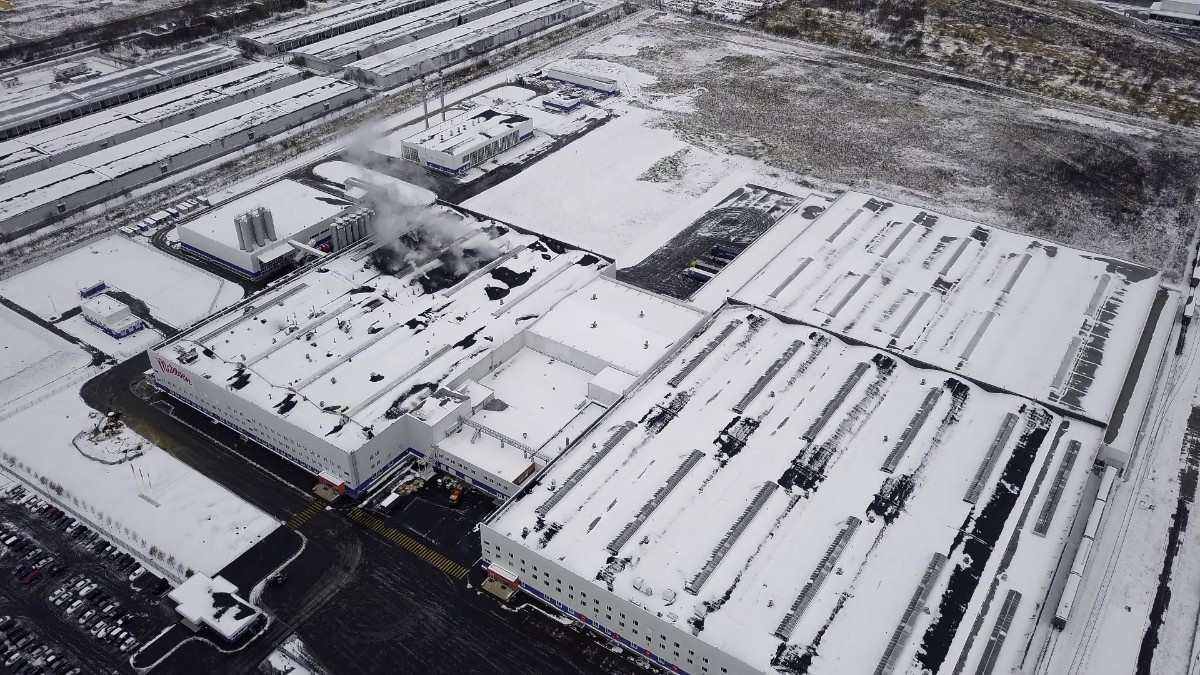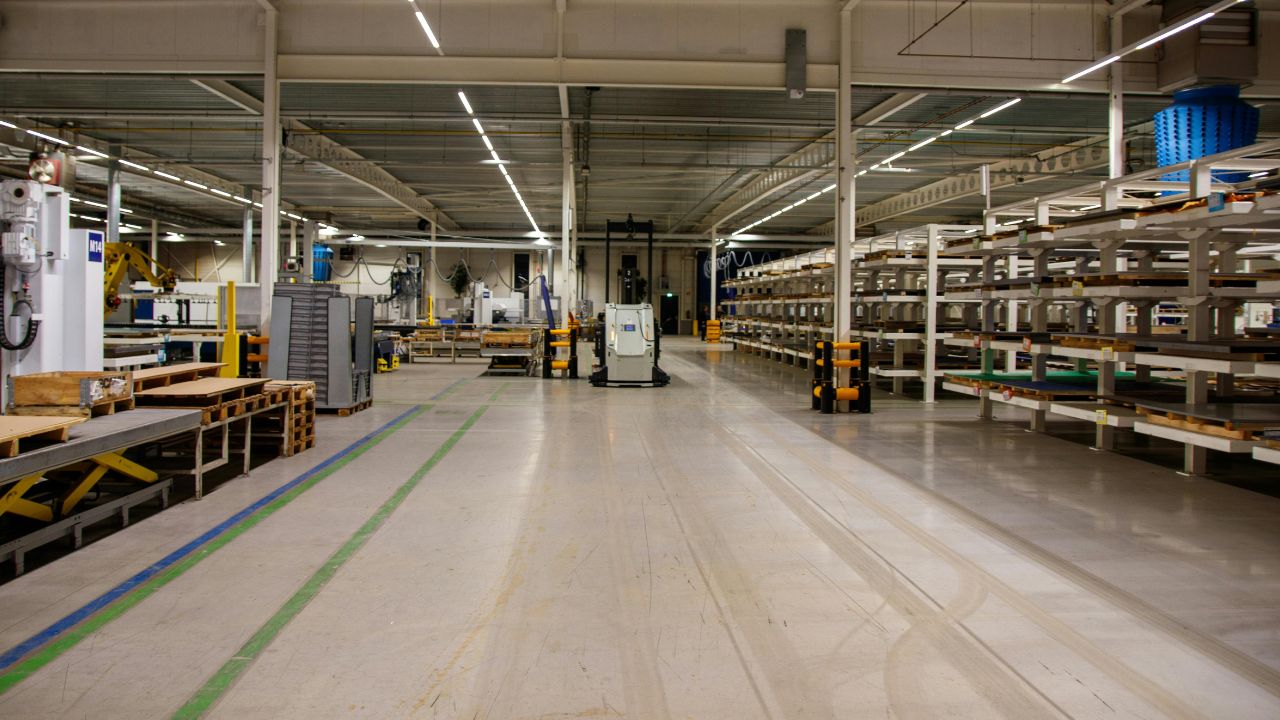Your Guide to Commercial Roof Snow Clearing
Snow accumulation on commercial roofs is a challenge many property owners and managers face during winter. The weight of snow and ice can compromise structural integrity, cause leaks, and create hazardous conditions. Effective snow removal safeguards your building while ensuring operations continue without disruption. This guide provides detailed strategies and best practices for clearing snow from commercial roofs while prioritizing safety and efficiency.
Identifying the Risks Associated with Snow Accumulation
Snow load on a roof depends on factors such as depth, density, and moisture content. Wet snow, for instance, weighs significantly more than fresh powder, quickly exceeding a roof’s weight-bearing capacity. Beyond structural damage, excess snow creates other risks, including ice dams that block drainage, collapsing HVAC systems, and injury to people below from falling snow or icicles.
Recognizing early warning signs—such as unusual noises, water stains, or sagging areas—is crucial. Addressing these issues promptly prevents costly repairs and downtime.
Evaluating the Roof’s Design and Structural Limitations
Understanding your building’s roof type and material is essential for creating an effective snow removal plan. Flat roofs often accumulate snow in drifts due to wind, while pitched roofs experience uneven distribution that can stress weaker areas. Materials such as metal, asphalt, or membrane surfaces respond differently to weight and temperature changes.
Knowing these details allows you to identify areas needing special attention, such as weak joints, overhangs, or aging materials. It also informs decisions about the best tools and techniques for safe, effective snow removal.
Developing a Safe and Efficient Plan
Snow clearing is not just about removing snow—it’s about doing so safely, protecting workers, pedestrians, and the roof itself. A step-by-step plan minimizes accidents and operational disruption.

Assemble a Qualified Team – Only trained professionals with experience working at heights should attempt snow removal. Teams must include spotters and workers equipped with appropriate safety gear.
Establish Perimeter Controls – Ground-level areas beneath the roof must be marked off to prevent injury from falling snow or tools. Use barricades and warning signs.
Inspect Before Clearing – Walk the perimeter to check for damage, ice dams, and vulnerable equipment such as vents and HVAC units. Identify high-priority areas where snow loads are heaviest.
Monitor Weather Conditions – Snow removal plans should adapt to changing weather. Rain, freeze-thaw cycles, and wind increase hazards.
Document the Process – Maintain detailed records, including photographs, to demonstrate compliance with regulations and support insurance claims if needed.
Choosing the Right Equipment
Selecting tools suited to your roof type and snow conditions protects its surface from damage. Avoid metal tools with sharp edges that could puncture roofing materials.
- Snow Rakes: Ideal for pitched roofs, allowing snow removal from lower sections or the ground.
- Plastic Shovels: Lightweight and less likely to scratch surfaces, these are effective on flat roofs.
- Snow Blowers: For heavy or compacted snow, small blowers can clear large areas quickly. Use only on roofs designed for added weight.
- Steam Machines: Perfect for melting ice without damaging roofing, particularly useful for ice dams.
Prioritizing Safety Measures
Safety is paramount during roof snow clearing. Hazards like slips, falls, and cold exposure require proactive measures to protect workers.
- Fall Protection Gear: Harnesses secured to anchor points are essential, along with non-slip boots and thermal gloves.
- Team Communication: Two-way radios allow coordination, especially when visibility is low.
- Emergency Response Plan: Ensure a first-aid kit is available and train all workers on emergency protocols.
Clearing Techniques to Avoid Roof Damage
Improper snow clearing can cause more harm than leaving snow in place. Use careful, deliberate techniques to prevent damage and reduce load stress.
- Work in Sections: Divide the roof into manageable zones, clearing one section at a time to maintain balance.
- Start from the Edges: Clear snow from the perimeter first to avoid overloading gutters and drainage systems.
- Avoid Piling Snow: Never stack snow on the roof. Use designated disposal areas away from critical systems.
Addressing Ice Dams
Ice dams form when snow melts and refreezes at the roof’s edge, blocking drainage. These barriers cause leaks and water damage. Effective strategies include:
- Improve Insulation: Proper insulation prevents heat from escaping, minimizing uneven melting.
- Prompt Snow Removal: Clear snow before it melts to reduce ice dam formation.
- Safe Melting Techniques: Avoid chipping ice to prevent roof damage; use steam machines or professional services instead.
Understanding the Role of Weather
Seasonal weather patterns dictate snow removal urgency. Monitoring storms and temperature shifts helps property managers stay ahead of risks. Back-to-back storms may require multiple clearing efforts to prevent dangerous snow accumulation, while temperature fluctuations affect snow density and removal strategies.

Maintenance Practices for Long-Term Protection
Preventative maintenance is more cost-effective than emergency repairs. Regular inspections reduce winter-related risks.
- Inspect Roofs Regularly: Look for cracks, pooling water, and other signs of wear.
- Maintain Drainage Systems: Clean gutters and downspouts to ensure proper water flow during thaw cycles.
- Reinforce Vulnerable Areas: Strengthen weak spots to support heavy snow loads.
Deciding When to Hire Professionals
Large commercial roofs require specialized expertise. Professional contractors offer several advantages:
- Experience with Complex Roofs: Multi-level structures and unique designs require specialized knowledge.
- Insurance and Liability Coverage: Professionals minimize accident risks and protect property owners from liability.
- Access to Specialized Equipment: High-capacity machines and steamers are tools of the trade for expert contractors.
Why Choose National Facility Contractors?
When snow accumulation threatens your roof’s structural integrity, National Facility Contractors (NFC) offers trusted expertise and tailored solutions. NFC combines cutting-edge equipment like steamers and GPS-monitored machinery with safety-focused processes to protect your roof and operations. Our teams are trained in advanced snow clearing techniques for flat, pitched, and complex commercial roofs, ensuring minimal disruption and long-term protection. With proactive service planning and 24/7 availability, NFC delivers efficient, reliable snow management to keep your business running smoothly through winter’s toughest challenges.
Conclusion
Clearing snow from commercial roofs is essential for preventing costly damage and safety hazards. By recognizing risks, using the right tools, and following best practices, property managers can protect their buildings while ensuring business continuity. Trust National Facility Contractors to provide expert snow removal services that prioritize safety, efficiency, and long-term property protection. Contact us today to develop a customized plan that keeps your roof—and your operations—secure throughout the winter season.






